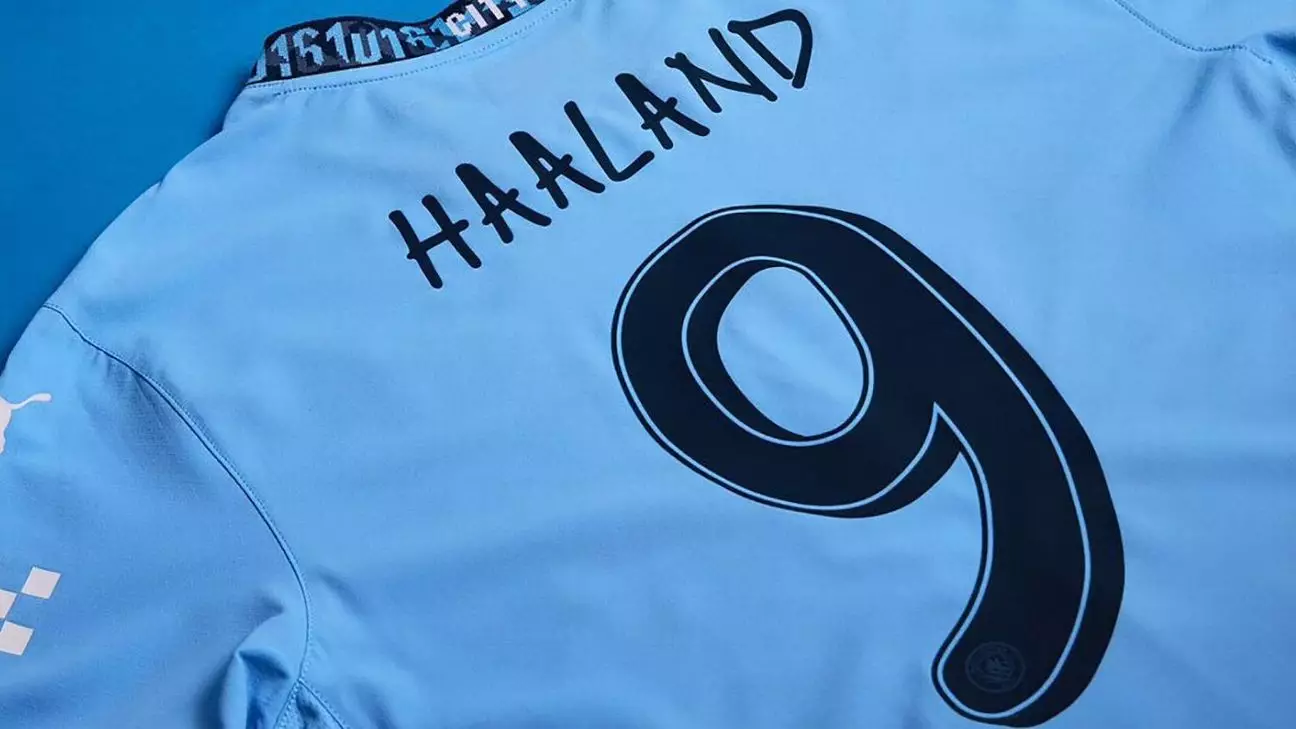Manchester City’s decision to collaborate with musician Noel Gallagher on a custom font for their 2024-25 season kits has certainly raised eyebrows. While Gallagher’s handwriting may add a personal touch to the players’ names and numbers, the end result is divisive. Some may find the design distinctive, while others may see it as resembling the much-maligned Comic Sans font. The risk of deviating from traditional fonts is always present when experimenting with custom designs.
The unveiling of Manchester City’s new kit, complete with the custom font, showcases the club’s efforts to differentiate themselves from their rivals. The inclusion of the local “0161” phone dialling code further emphasizes the team’s connection to the city of Manchester. The use of bespoke fonts on sports kits is a growing trend among major clubs and national teams seeking to establish a unique identity through their uniform designs.
While custom fonts can add a creative flair to sports kits, practical considerations must also be taken into account. The legibility of the font from a distance is crucial for fans, officials, and broadcasters alike. The example of Norway’s national team using a font inspired by ancient Nordic runes highlights the fine balance between style and readability. Ultimately, the primary function of the font on sports kits is to clearly display the players’ names and numbers during matches.
Despite the creativity involved in designing custom fonts, there are often limitations imposed by governing bodies. In the case of Manchester City, the custom font will only be used in Champions League and domestic cup fixtures, as Premier League rules require clubs to adhere to preapproved lettering and numbering styles. This restriction aims to maintain consistency and ensure uniformity across all teams in the league.
The introduction of custom fonts on sports kits reflects the ongoing evolution of design in the world of football. From collaborations with artists and musicians to drawing inspiration from cultural and historical motifs, clubs are constantly seeking new ways to make a visual impact. While not every custom font may be universally praised, the willingness to take risks and push boundaries is essential for driving creativity and innovation in sports aesthetics.
